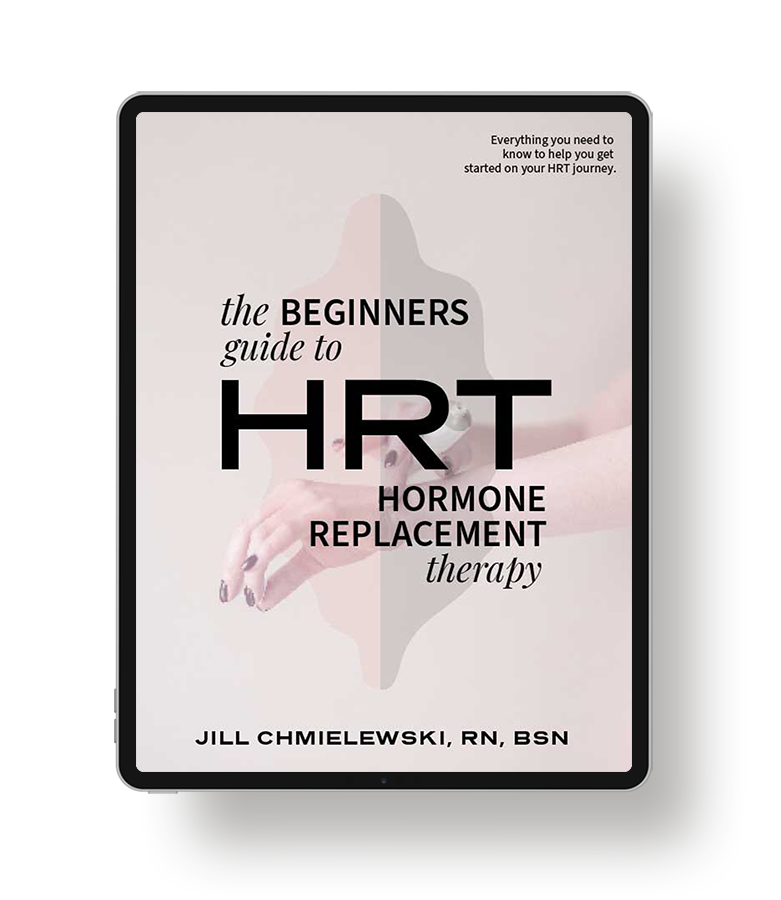When most people think of food allergies, they usually think about someone eating a peanut or some shellfish, and ending up in the emergency room with a swollen tongue, hives, or difficulty breathing. That’s what is called an immediate allergy – also known as an IgE hypersensitivity reaction which turns on an aggressive histamine reaction. They are very serious but also quite rare.
But there is a different type of food reaction that is much less dramatic called a delayed allergy or IgG delayed hypersensitivity. This reaction is much more common and it plays a HUGE role in many chronic illnesses and weight problems.
Delayed IgG reactions can cause symptoms anywhere from a few hours to a few days after ingestion, which is why they are often difficult to pinpoint. And most women I talk to assume that food sensitivities result in digestive symptoms when more often than not, digestive symptoms aren’t that common.
Why would your body have such a strong reaction to foods? Because your immune system recognizes protein in a food as a foreign invader just like it would a virus or toxin. And the reason that we are seeing a rise in cases of food sensitivities is because of our modern day way of living ~ it leads to a breakdown of the barrier (in our digestive tract) that protects our immune system from the outside world of foods, viruses/bacteria, and toxins.
While you can test for food sensitivities, you might also consider using a food diary to start tracking the foods you are eating along with the symptoms you experience. If you experience a symptom within 72 hours of eating a certain food, and you do so repeatedly, it’s a pretty sure bet that you have developed a food sensitivity.
The most common food culprits? Gluten, dairy, corn, eggs, soy, and nuts, but any food can be a source of inflammation, which is why testing/keeping a food diary is so important. To download a FREE copy of the Food Mood Journal that I use when working with clients to tease out food sensitivities, click here.





